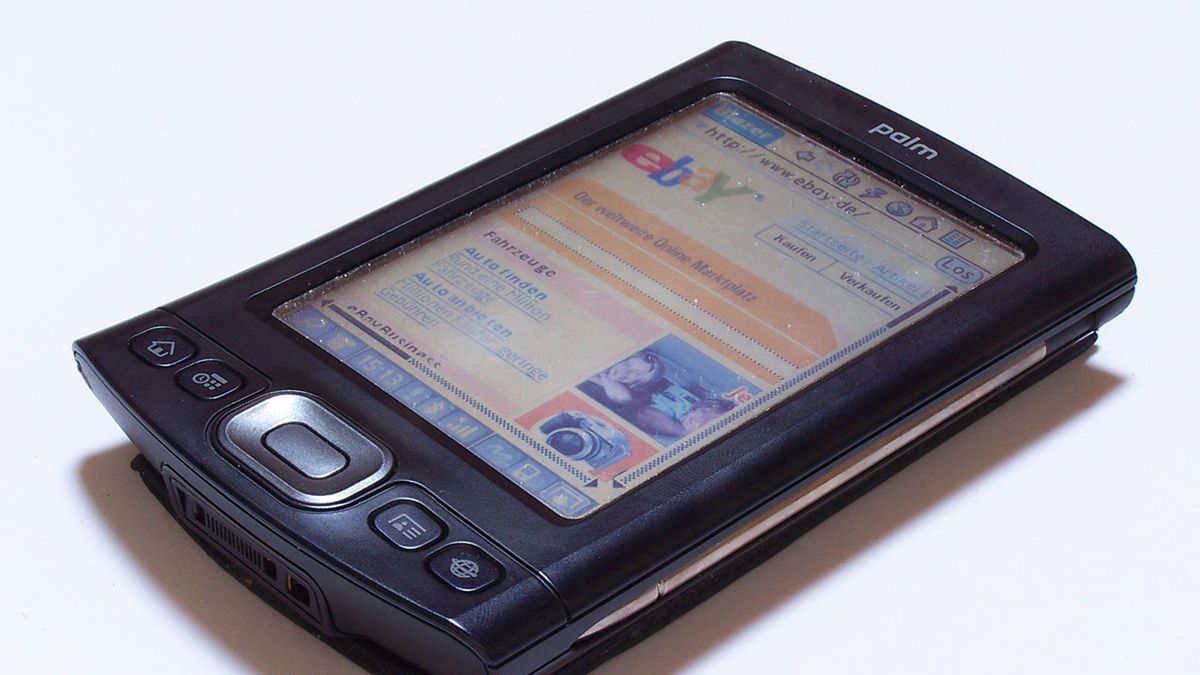In the race for technological innovation there were countless companies and communication companies that managed to reach the top of the world and soon fall into oblivion: Palm was one of them. Although it anticipated the features that Androids or iPhones would later have, it was not enough to stay at the top.
Even by the ephemeral standards of Silicon Valley, the history of this company was extremely dizzying. He was able to introduce the concept of “PDA” (Personal Digital Assistant) to the communication technology market, as well as “smart” mobile phones.
palm pilot
Palm and its glory days
It emerged in 1991 under the name Palm Computing and went out to compete directly with Apple’s Newton with its Cassio Zoomer. He also designed Graffiti, a handwriting input system that was sold as an accessory for that Apple device. In 1996, one of its first great successes arrived, Pilot, a PDA device.
In their first 18 months, they sold more than 1 million devices, which were worth $300 each. Part of its success was that it was not intended to replace the computer, but rather to accompany it. It could store notes, appointments, reminders and contacts.
But its most glorious era was, without a doubt, from the year 2000, when Palm separated from 3Com and became an independent company, worth almost twice as much as it, and more than General Motors, McDonalds and Chevron.
The next step was smartphones. The technological race focused strongly on that area and great competitions such as the iPhone or Android emerged around 2004. At this time, Palm developed an operating system that it intended to sell to Sony, among others. However, his device, the Treo 650, was the best-selling and most successful of the time.
The fall of Palm
In 2007, Hawking, the founder, at a Wall Street Journal digital conference, made a presentation that began to show the decline of the company. Foleo was moving away from smartphones to the field of laptops, and although it seemed innovative, it canceled it to return to the previous field.
That same year, it launched a phone based on a completely new operating system called WebOs. The system was a completely innovative novelty, but the screen size was small and had become outdated, so Apple began to gain ground with its iPhones and quickly displaced it.
Android surpassed it too. And in 2010, it was sold to HP for $1.2 billion. In a short time, the devices that were made under the WebOs operating system were put aside, and this software was sold to LG, which adapted it for smart TVs. Finally, in 2014 TCL bought it, but when it released a cell phone with this system, it also failed.
Today, the brand only makes wireless headphones. The Palm Buds Pro, which although they are of good quality and meet expectations, are not new or innovative like their previous creations.
Source: Ambito




